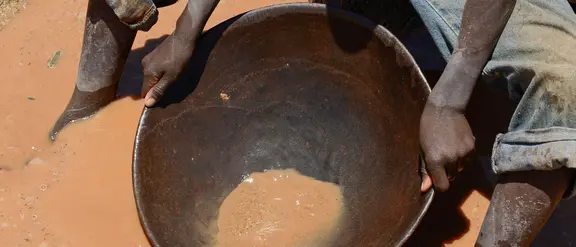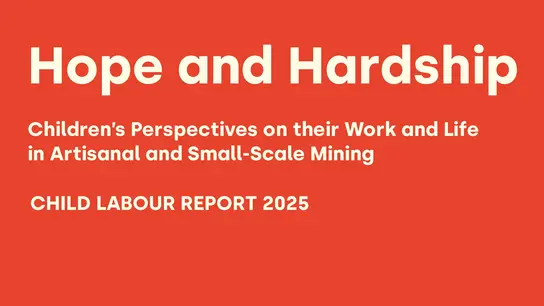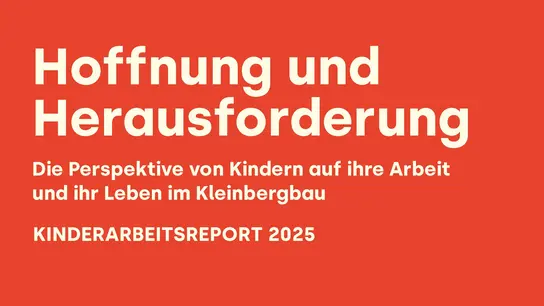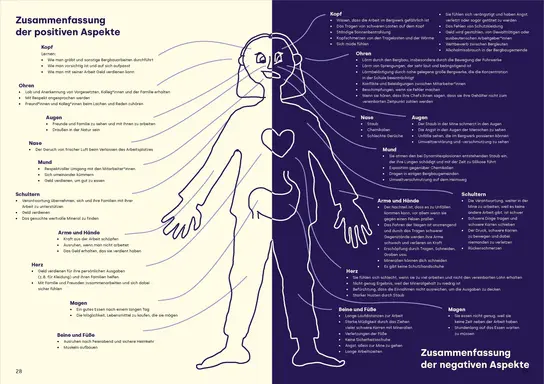Children's work report 2025
Child labor in small mining
Lalli*, a 13-year-old girl from India, does not go to school. Instead, she works in a mine for four hours a day and accompanies her mother while fetching water. In front of it and afterwards she does tasks in the household, cooks or rinses dishes.
Around 138 million children work worldwide - almost 54 million, such as Lalli, under dangerous conditions. The work of children and adolescents in so -called small mining has long been referred to as the "worst form of child labor". Children work underground in tight shafts, pine pits, create water, sieve sludge sludge for valuable minerals. The raw materials that you promote land in products that we use every day: in smartphones, cars, computers, cosmetics and many other consumer goods.
To download:
Hope and challenge: the perspective of working children
What is life like for working children and their communities? How do they view their situation? What work do they have to do? What would help them from their perspective? For the 2025 Child Labor Report, "Hope and Challenge: Children's Perspectives on Their Work and Life in Small-Scale Mining," Terre des Hommes examined these questions and placed them in the current political and scientific context.
In Bolivia, India and Zimbabwe, around 200 working children and adolescents between the ages of 8 and 18 told us about their life and work in small mining. Your answers show: the work is hard, often dangerous, characterized by deprivation - and yet many are proud to support their families and learn new skills. Many reject blanket bans because poverty forces them to work and alternatives are missing. Instead, they decidedly demand better working conditions, more protection and respect on the part of adults and access to education.
"I work because my father doesn't give me money for my studies, and I can only continue it and achieve my goals when I work."
»Working means that I can start my own family [...]. It excites me to make money because I can buy food and clothes with it. "
What would make children's life easier in small mining?
During our research, many children emphasized that they can only finance the school attendance with the proceeds from their work. We therefore need realistic solutions that protect children and open up perspectives:
- Children, adolescents and their communities want socio -economic support - poverty control, access to better, free public services and the opportunity to continue their training as long as they wish.
- Working children are often against a ban on their work: on the contrary, they demand better regulation, support for better and safer working conditions, better wages and, above all, respect.
- In doing so, they join the demands for formalization and regulation in both the small mining and the other work of children and adolescents in general.

»The exploitation of children in small mining must stop. However, a flat -rate ban on child labor in small mining would fall short and the need of the families would still tighten. "
It is crucial that the state authorities and institutions consistently enforce on exploitative
At the international level, we are calling for the political enforcement of the EU supply chain guideline, so that companies are obliged to care for human rights along the entire supply chain. This is particularly important because children in particular have to work in global supply chains under dangerous conditions.
Politics and companies have to ensure that exploitation is stopped and that children can support their families through mild and harmless activities and continue their school career or training.
The word small mining (English artisanal and small scale mining (ASM), also: manual mining) describes the dismantling of mineral raw materials with simple means, mostly with hand tools and with little use of machines.
*Name changed




